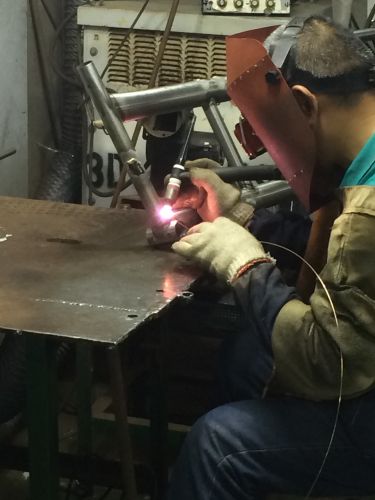Perhaps the novel coronavirus hasn't gotten you sick--yet. It might, however, keep you from buying the new bike you want.
Even though some major bicycle manufacturers shifted their production to Vietnam, Cambodia or Taiwan in response to the tariffs imposed on Chinese goods, there is a chance that the new Bianchi or Rocky Mountain machine you've been eyeing is nonetheless made by Chinese workers. Some of those factories are, out of caution or fear (depending on your point of view), shutting down temporarily. While some company executives and factory managers believe they are protecting their native workers from possible contamination, others may be acting out of anti-Chinese sentiment sparked by the virus outbreak.
 |
Even those factories that haven't shut down could experience (or are experiencing) slowdowns because they're supplied with parts or machinery made in other affected factories. As an example, one factory in Vietnam is a major supplier of frame tubes to plants in Cambodia and China that turn out bicycles for Trek, Specialized, Norco and other familiar brands.
Stoppages or slowdowns in production at Asian factories could, moreover, disrupt the manufacture of bikes in other countires, as many depend on Asian suppliers.
So, be well and, if you want to buy a new bike, be patient!




